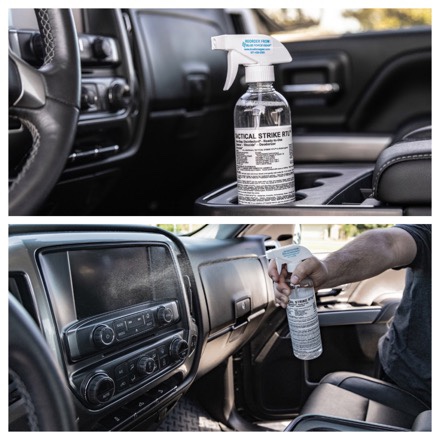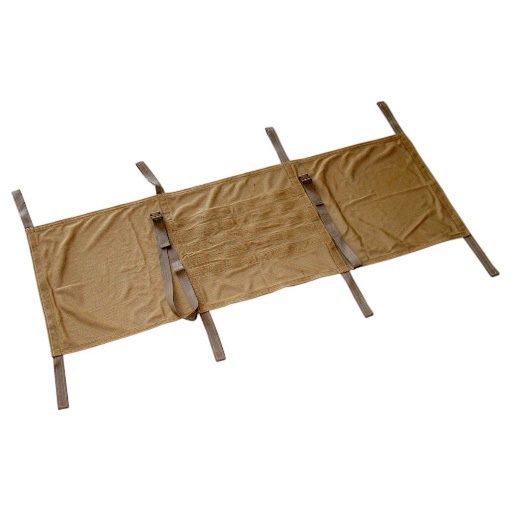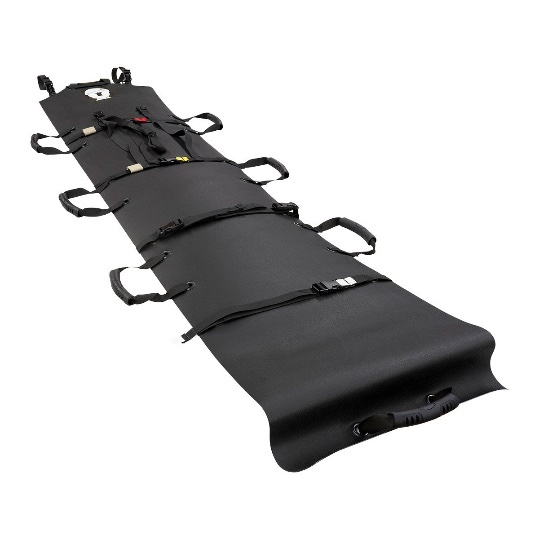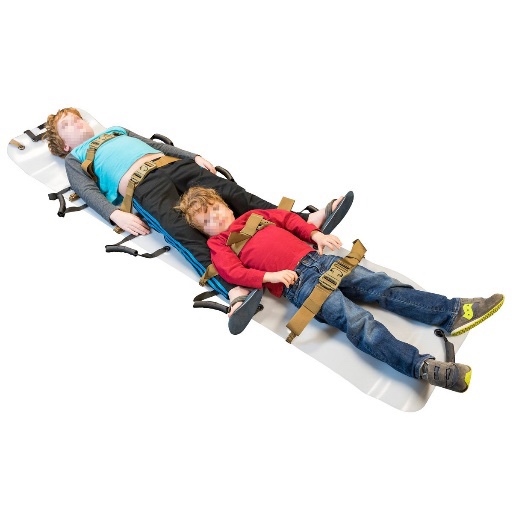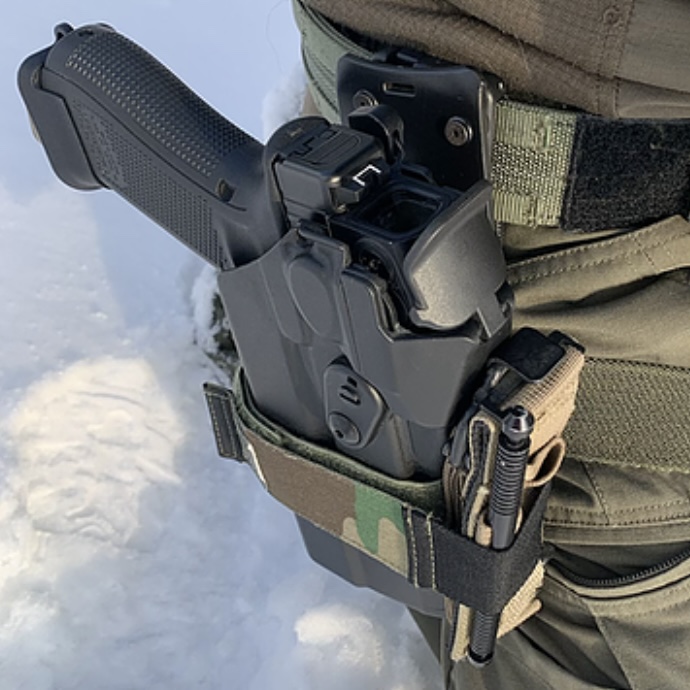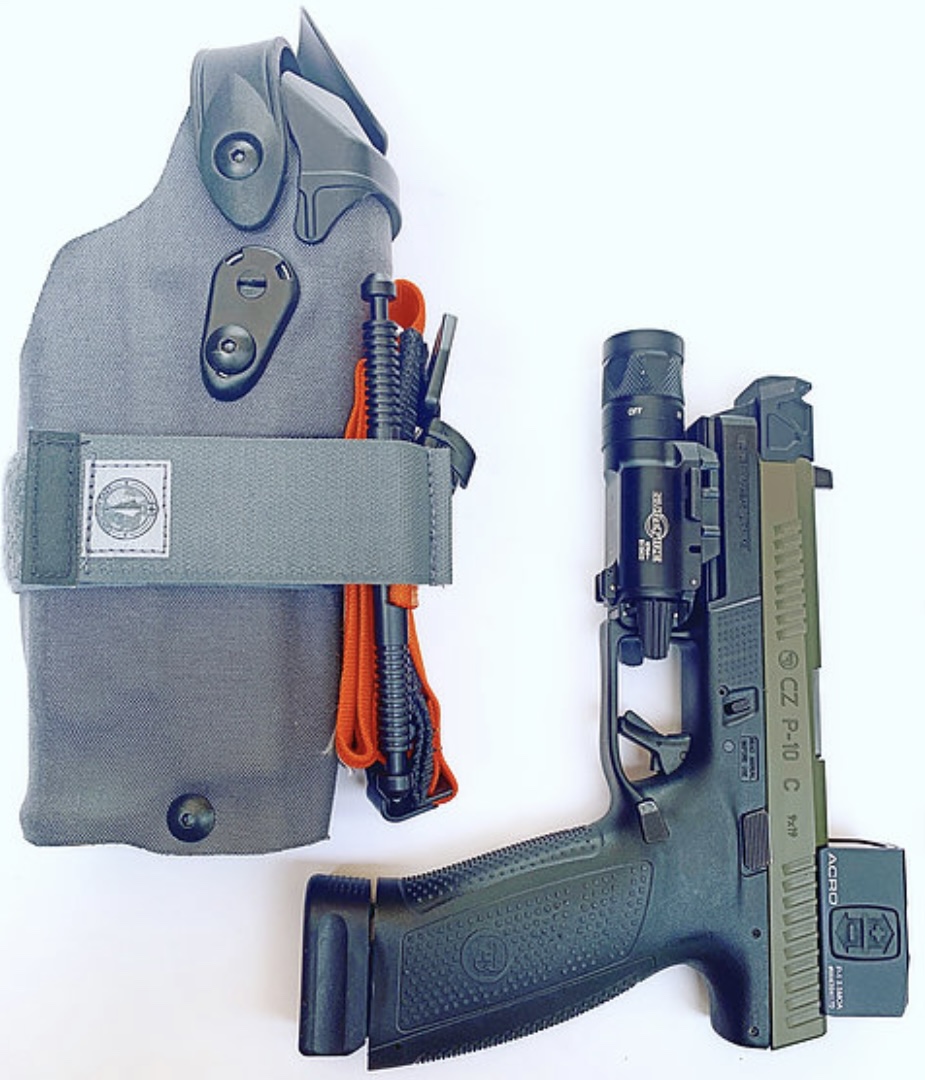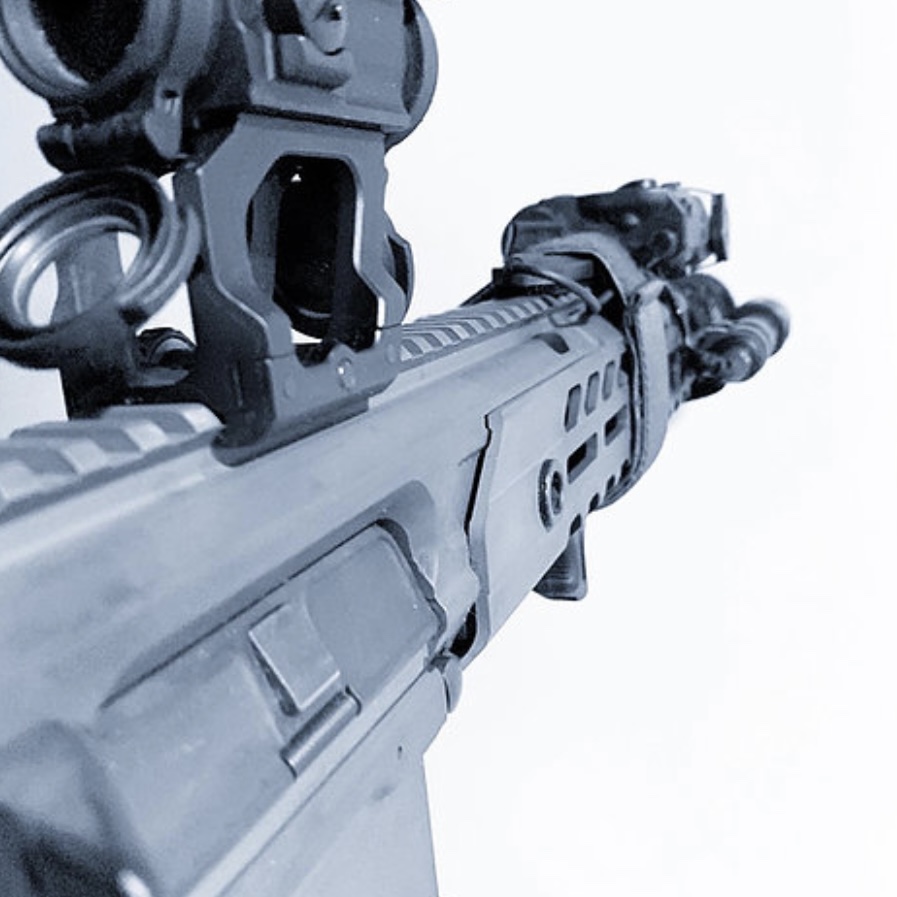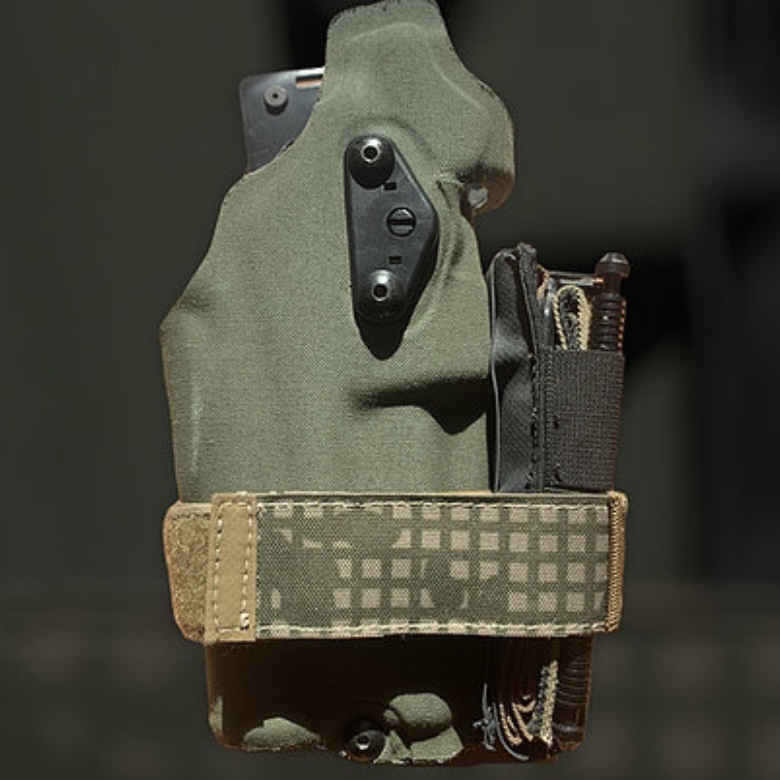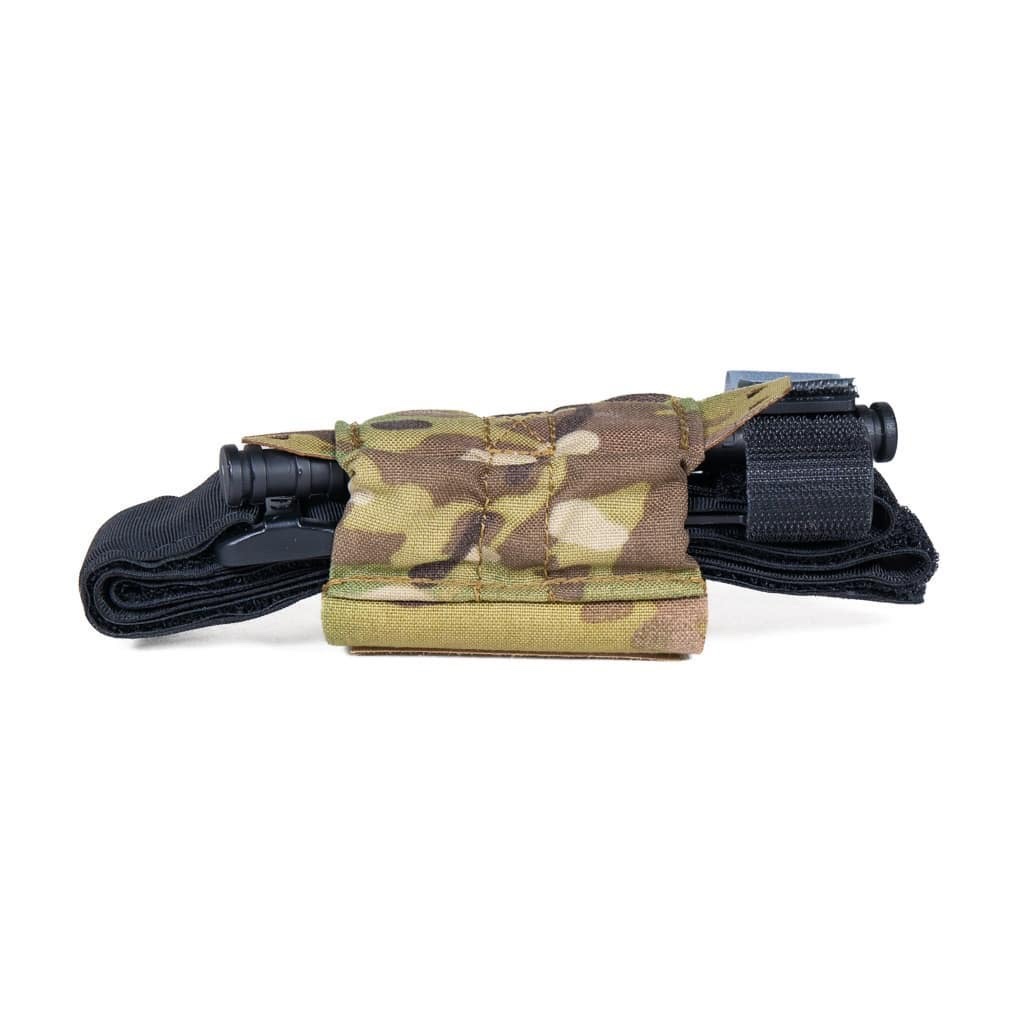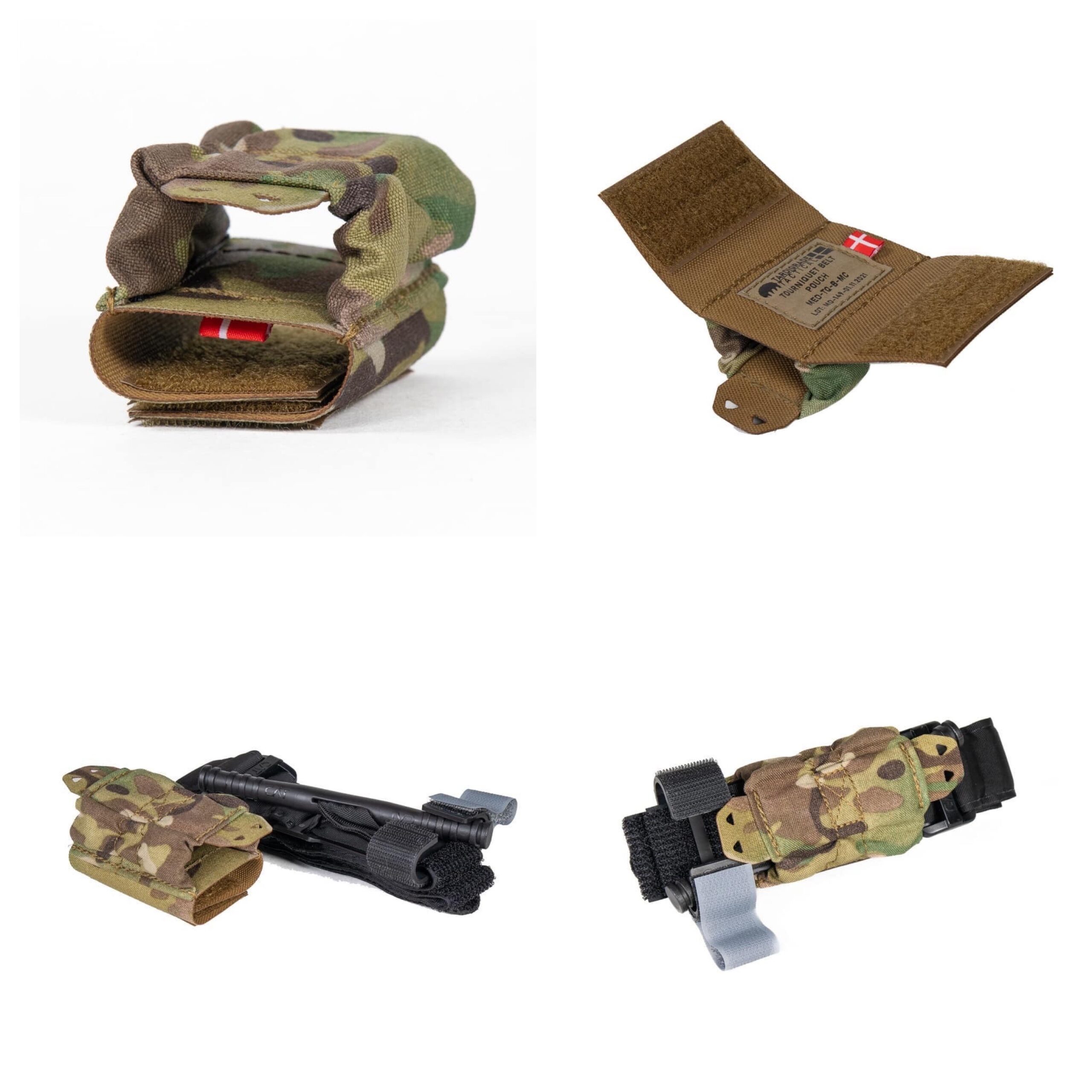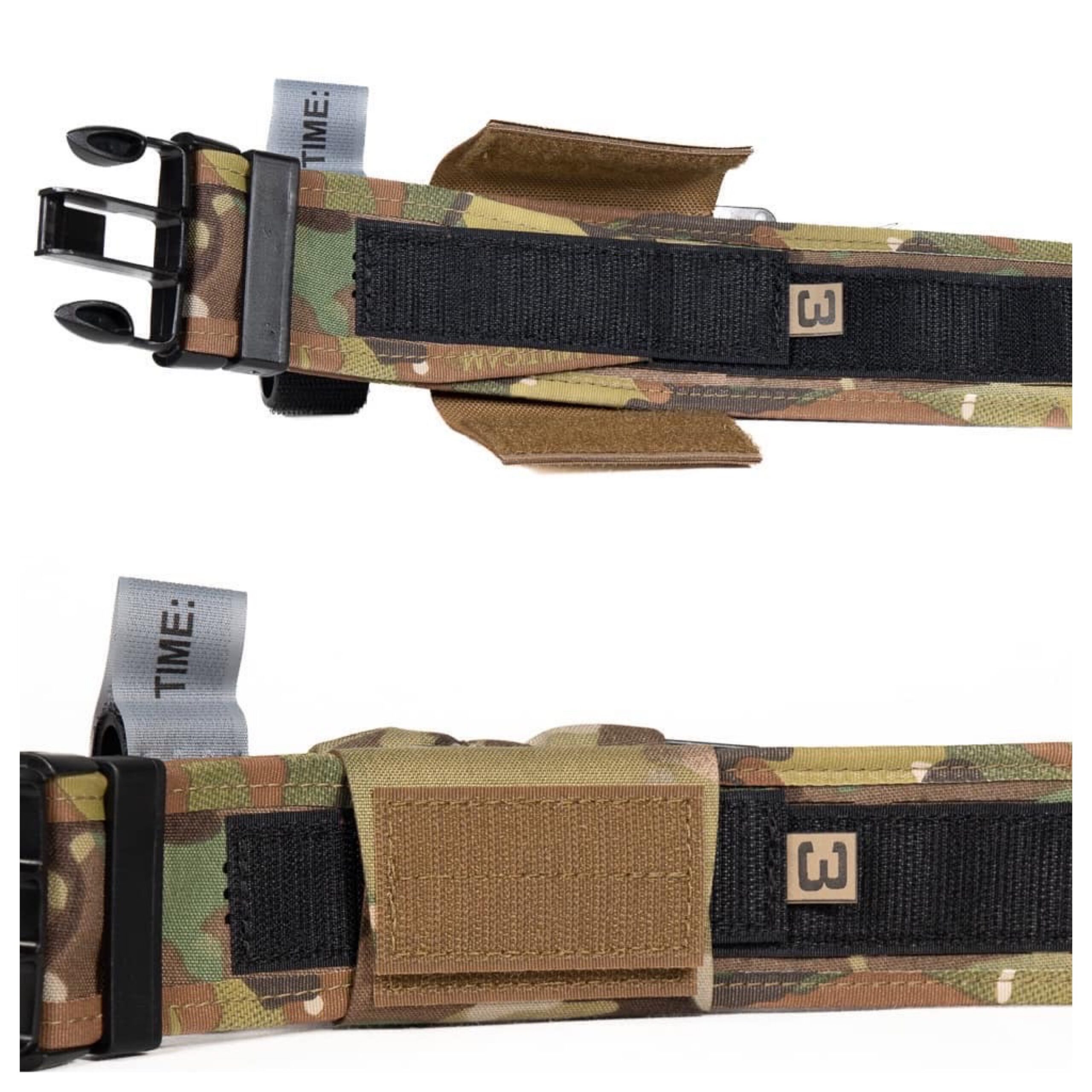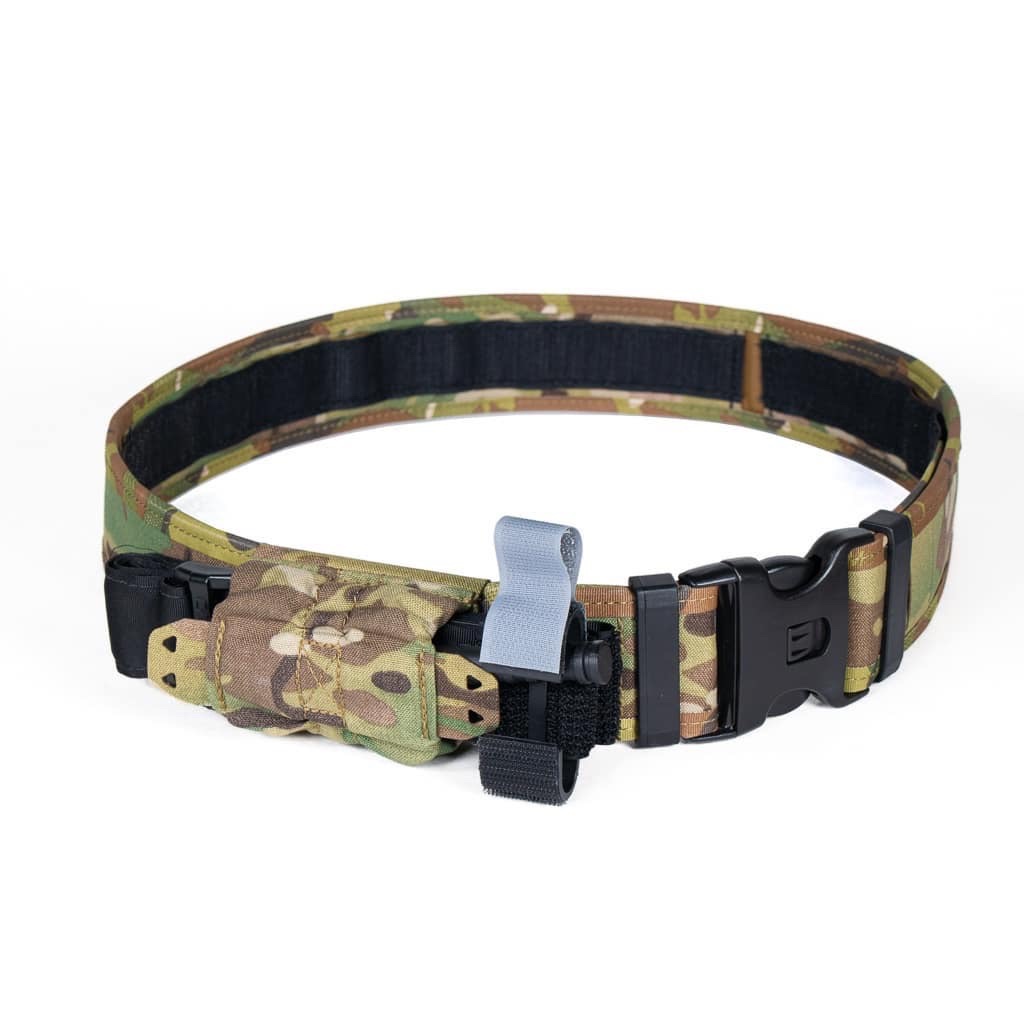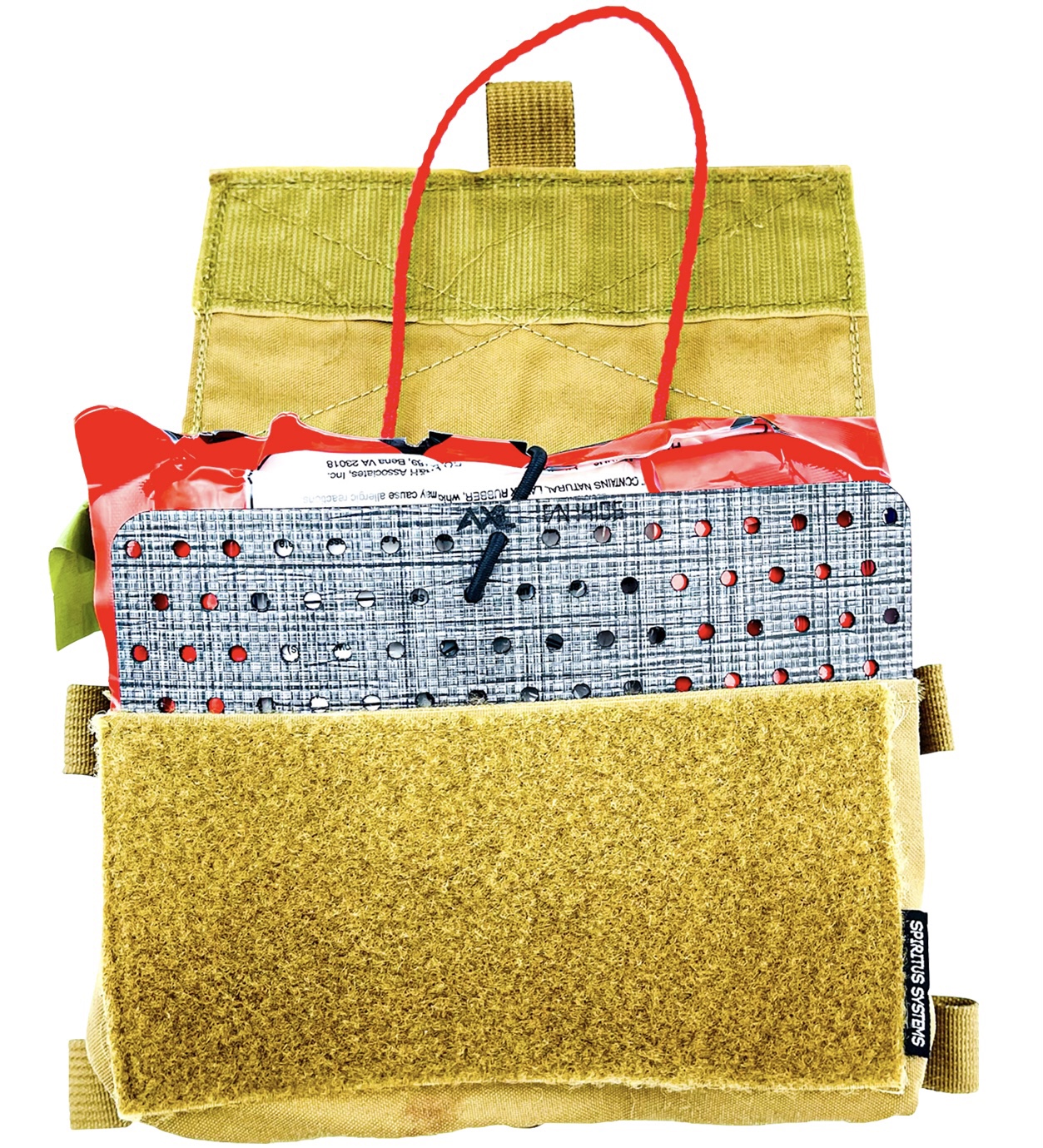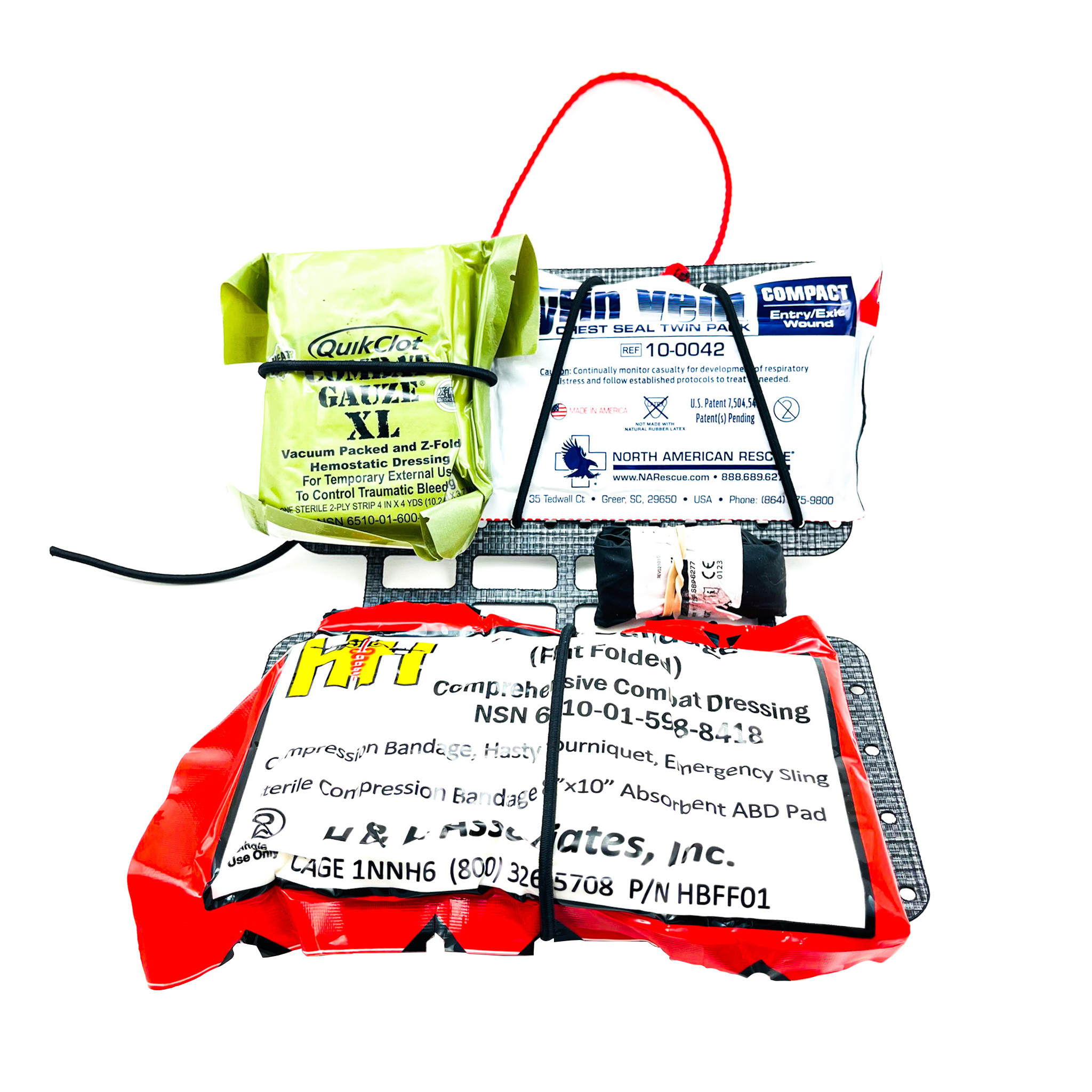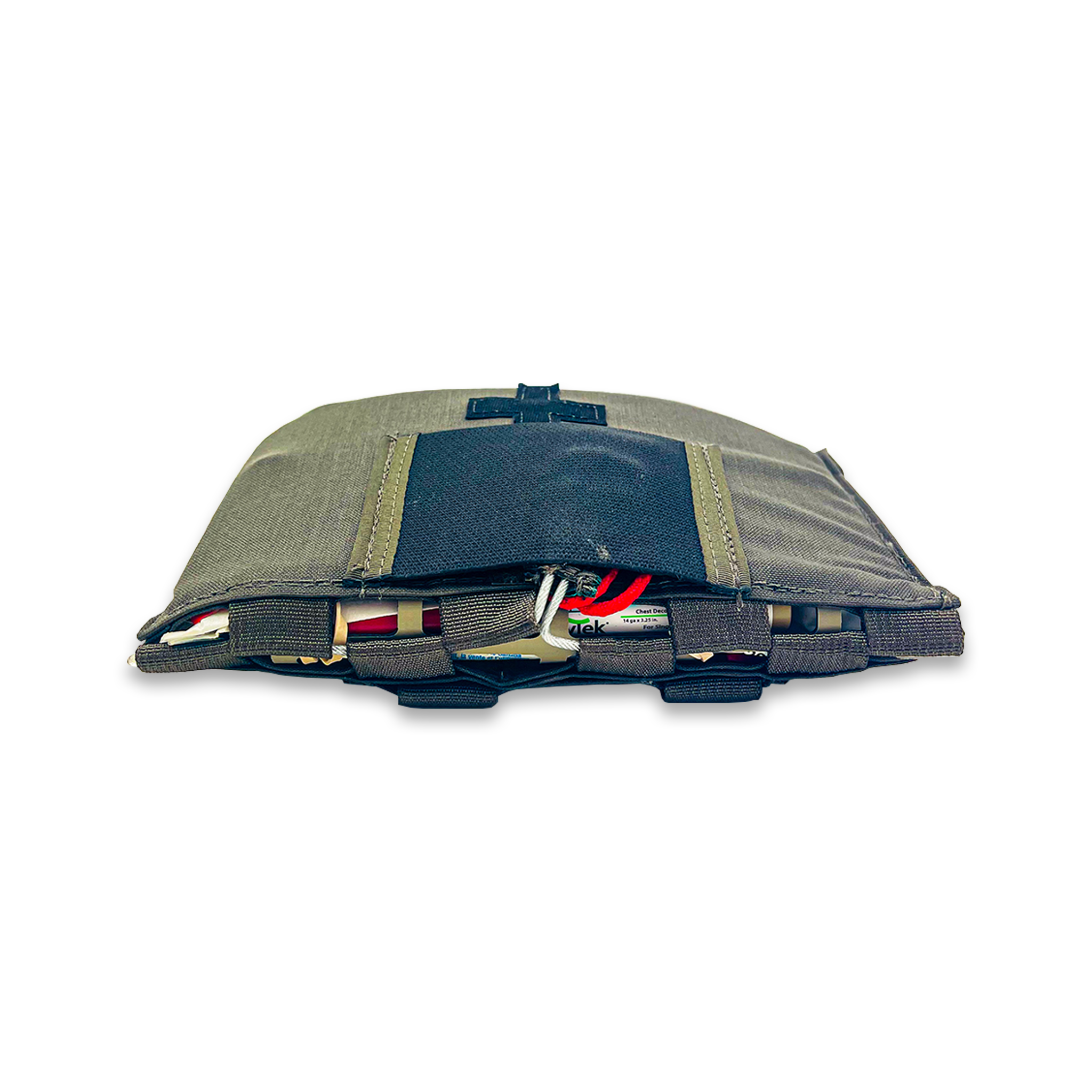The TacMed™ RISE™ is a low profile, rugged splint designed for extremity fractures and pelvic stabilization in the prehospital environment. Born from lessons on the battlefield, it can be intuitively applied under stress to create a straight splint, a 90-degree sprint, or pelvic stabilizer and be easily secured to the patient with items such as an elastic wrap or pressure bandages.
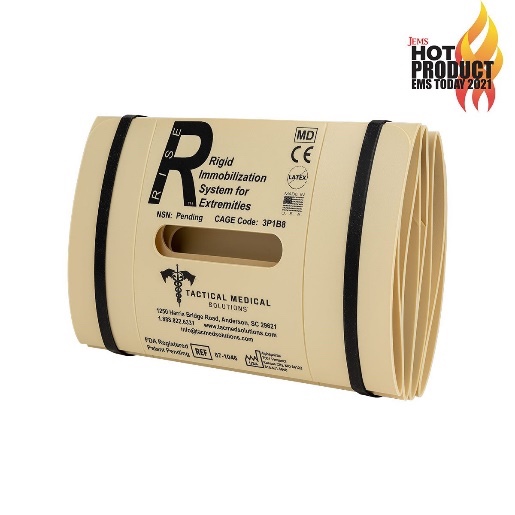
It features dynamic living hinges that allow the splint to collapse for maximum portability and kit space savings while easily form-fitting to the required shape and dimensions for proper upper and lower extremity splinting of fractures. Its one-of-a-kind design is made of a lightweight polymer capable of withstanding surface cleaning and harsh elements, including saltwater, while maintaining its rigidity and durability.
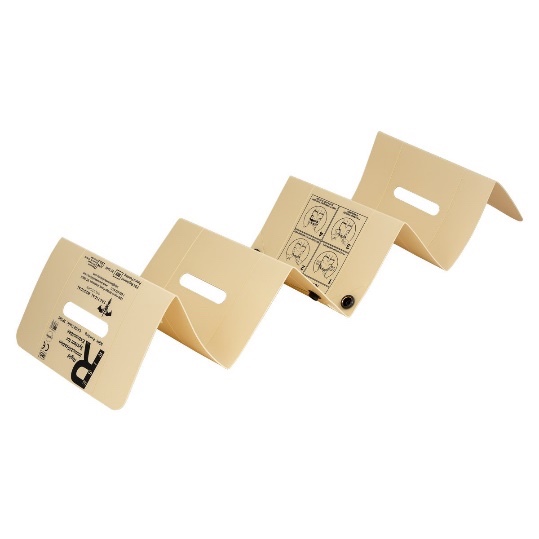
With its compact size, the RISE™ also fits into most individual first aid kits including all standard military-issued IFAKs.
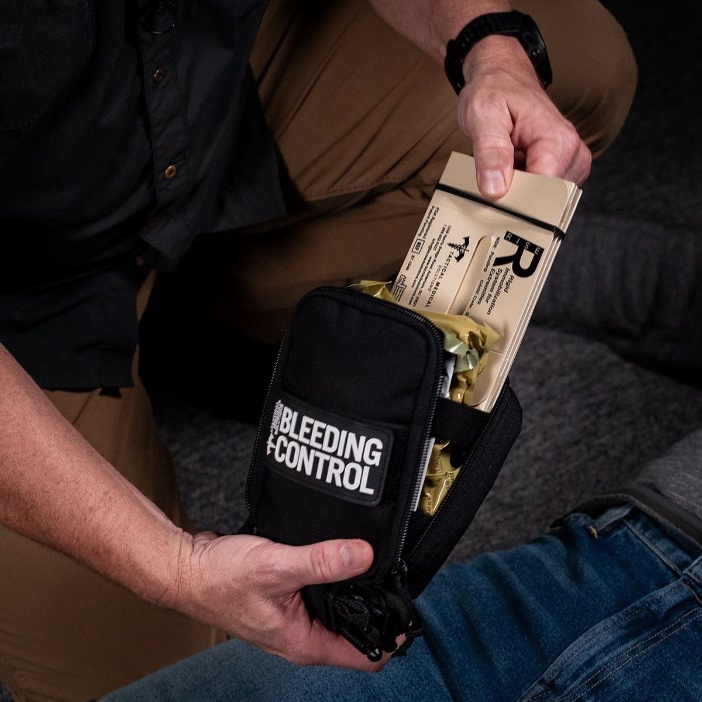
Unique to the RISE™, multiple cutout slots provide you the capability to create a pelvic stabilizer when paired with a windlass or ratcheting tourniquet such as our SOF® Tourniquet. The Committee on Tactical Combat Casualty Care (CoTCCC) recognizes splinting and pelvic stabilization application as a critical step to prevent additional injury before moving a casualty.
Whether you’re on the battlefield or a responder here at home, the RISE™ is an advantageous addition to any IFAK for increasing your medical capability at the point of injury when needed most.
If you are interested in learning more about the RISE™, check it out here: tacmedsolutions.com/products/rise




